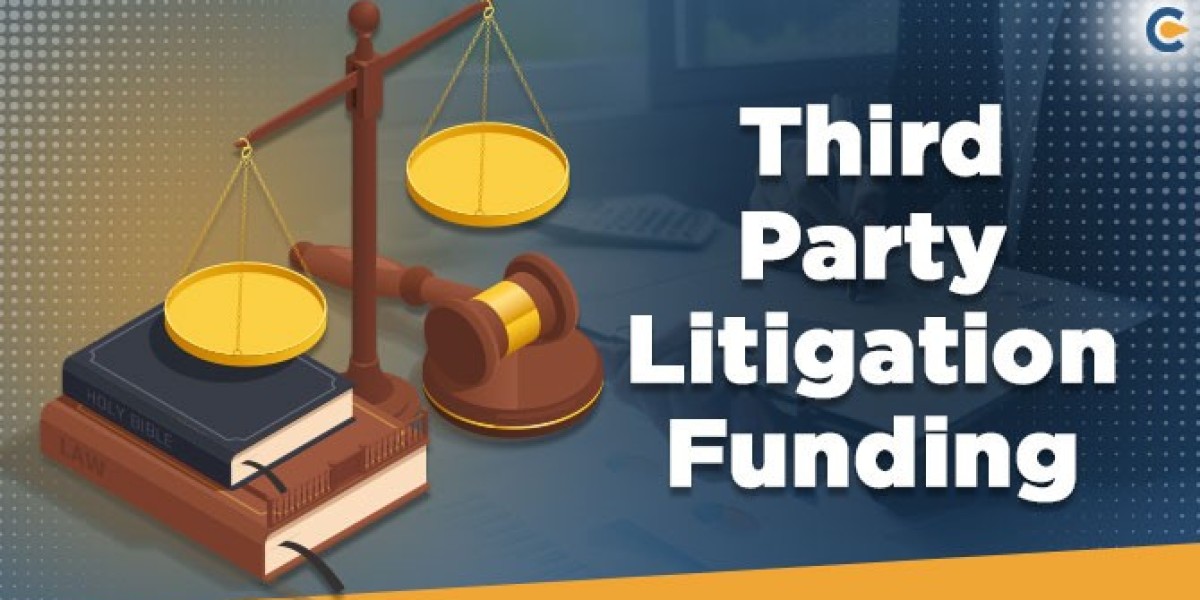? Introduction: What Is Third-Party Litigation Finance?
In a rapidly evolving legal landscape, Third-Party Litigation Finance has emerged as a transformative force. At its core, this model allows an outside investor—typically a specialized fund—to finance a lawsuit in exchange for a portion of the settlement or judgment. The practice is revolutionizing how lawsuits are funded and leveling the playing field for individuals and businesses who might otherwise lack the resources to pursue justice.
In 2025, as the litigation funding investment market grows in size and complexity, TPLF is no longer a fringe option—it’s a global industry valued at billions. But with growth come questions: Is it ethical? Is it sustainable? Is it truly the future of legal funding?
Let’s explore the pros, cons, and emerging trends shaping this high-stakes legal innovation.
✅ The Pros of Third-Party Litigation Finance
1. Access to Justice
TPLF empowers underfunded plaintiffs—particularly individuals, startups, and small firms—to bring viable legal claims without the risk of financial ruin. This democratization of legal access is perhaps its most celebrated benefit.
2. Non-Recourse Nature
Most TPLF agreements are non-recourse, meaning if the case is lost, the plaintiff owes nothing to the funder. This risk-sharing mechanism makes litigation less financially intimidating.
3. Liquidity and Cash Flow
For law firms and corporate claimants, TPLF can improve cash flow by monetizing potential legal outcomes. This is particularly useful for companies with strong legal claims but constrained budgets.
4. Expert Case Evaluation
Top funders conduct rigorous due diligence before investing. Their involvement often adds a layer of strategic oversight, potentially improving legal outcomes.
5. Portfolio Diversification
Investors are increasingly drawn to litigation investment as a non-correlated asset class. Returns are often unaffected by traditional market fluctuations, making it attractive for hedge funds and institutional investors.
⚠️ The Cons of Third-Party Litigation Finance
1. Control and Influence Concerns
Critics argue that funders may attempt to influence litigation strategies or push for early settlements. This raises serious questions about litigation financing ethics and attorney-client independence.
2. High Costs
While funding provides immediate relief, the long-term cost can be significant. Funders typically take 20%–50% of any recovery, which may leave plaintiffs with a much smaller share.
3. Confidentiality Risks
Disclosure of funding arrangements may expose plaintiffs to strategic disadvantages in court or settlement negotiations.
4. Regulatory Uncertainty
The litigation funding investment market operates under a patchwork of regulations that vary by country—and sometimes even by state. Lack of transparency and standardized rules can lead to abuse or mismanagement.
? Emerging Trends in the Litigation Funding Investment Market (2025)
? 1. Global Expansion
TPLF is booming in the U.S., U.K., Australia, and increasingly in Asia and continental Europe. As legal systems become more receptive, the global litigation funding investment market is expected to exceed $30 billion in 2025.
? 2. Regulatory Developments
New laws and oversight bodies are emerging to address litigation financing ethics and ensure transparency. Notably, the EU and several U.S. states are considering mandatory disclosure rules for funded litigation.
? 3. Portfolio Financing
Rather than funding individual cases, investors are increasingly opting for portfolio funding—backing entire groups of cases from law firms or corporations. This spreads risk and improves return predictability.
? 4. Integration with AI and Legal Tech
Funders are now using AI tools to analyze case merit, predict outcomes, and optimize funding decisions. This data-driven approach is streamlining due diligence and making TPLF more scalable.
? 5. Ethical Audits and ESG Alignment
As institutional investors enter the space, they’re demanding stronger adherence to environmental, social, and governance (ESG) principles. Funders are responding with more transparent processes and independent ethics reviews.
⚖️ Litigation Financing Ethics: A Balancing Act
Litigation financing ethics is a hot-button issue. Critics argue that funders may prioritize profit over justice, particularly in cases involving vulnerable plaintiffs. To address these concerns, industry leaders are adopting voluntary codes of conduct, and bar associations are exploring tighter ethical frameworks.
Transparency, informed consent, and clear boundaries on funder involvement are increasingly seen as non-negotiables for ethical TPLF practice.
? Is Third-Party Litigation Finance the Future of Legal Funding?
The answer appears to be yes—but with caveats.
Third-Party Litigation Finance is opening doors that were once closed. It's helping balance power dynamics in legal battles and offering investors a new frontier for growth. However, unchecked expansion without proper ethical and regulatory guardrails could undermine public trust in the legal system.
The future of TPLF will depend on its ability to strike a sustainable balance between access to justice, investor returns, and ethical responsibility.
? Final Thoughts
In 2025, Third-Party Litigation Finance is more than a trend—it’s a fundamental shift in how we think about justice and risk. As the litigation investment space matures, stakeholders—from lawyers and judges to policymakers and investors—must work together to ensure that this innovation enhances, rather than distorts, the rule of law.






